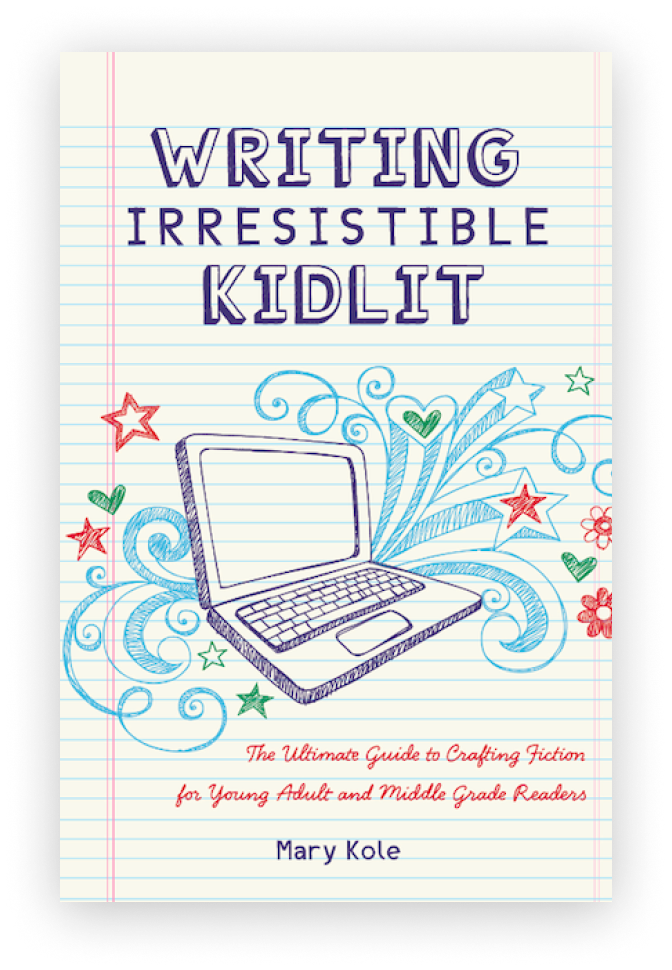Novel and Memoir Rewriting Tips
By Mary Kole
Mary Kole is a former literary agent, freelance editor, writing teacher, author of Writing Irresistible Kidlit, and IP developer for major publishers, with over a decade in the publishing industry.
Rewriting can be a daunting process. It takes a lot of work to take a rough draft and turn it into a polished manuscript that’s ready to submit to a literary agent or traditional publisher. However, rewriting is where the true magic happens in creating a novel. As an expert on writing and publishing, I am here to offer you a guide on how to approach rewriting your novel or memoir. I will explain the tools you can use, the steps to take and how many rewrites are normal on a memoir or novel draft. By the end of this article, you’ll be armed with the skills and knowledge to tackle rewriting with confidence.
When Should I Start Rewriting?
Before starting the rewriting process, step back from your work for a little while. Once drafting is over, you will need to take some time off to clear your head and come back to your work with fresh eyes. When you are ready to start rewriting, you should read the entire manuscript as if you are reading it for the first time. This gives you an opportunity to catch inconsistencies in plot arcs and character arcs, as well as any overarching plot logic issues.
Iron out your novel structure issues first, before you turn your attention to any chapter- or sentence-level rewriting. It’s easy to get distracted, but if you focus on the small stuff first, you might render your hard work moot if you later decide to delete a scene or change a big part of your narrative structure. Even if you haven’t written one already, a novel outline is a good idea here to help you track what you’re doing and why.
The Rewriting Mindset
Remember, there is no established magical number of rewrites that must be done. Every writer is different and self-editing takes time. It is important to rewrite until the story makes sense to you, and you’re satisfied that your character development will be engaging to readers. Many successful authors claim to have had as many as ten rewrites before they’re ready to submit or publish. Don't get too hung up on the number of rewrites you perform, instead, focus on communicating your story idea as clearly as possible, and on revamping your novel to its greatest potential.
While revising, it is common to face some problems. But the key is to solve those problems and not to give up. Your writing intuition is more powerful than you think, and you will need to make big, bold moves at this point, unless you want your story logic flaws to follow you around.
You need to critically assess your writing and identify the areas lacking in details and where the story stops being interesting. This is an especially important consideration. If you’re not compelled by your own story, how do you expect to hook a reader? Look for areas of your story that need development, areas of scene conflict, tension, and dialogue that aren't working, characters that aren't fully fleshed out, and aspects of the plot that don’t flow in a cause and effect fashion. If you can identify these areas, you can do something about them. You might not always get the best rewriting ideas right away, but your brain will keep churning away on story issues you identify, even when you’re away from the page.
Lastly, you have to be mature in your craft to be able to handle the challenge of rewriting. Revision and self-editing are where the real work is done. Many authors complain of writer’s block or burnout, which arises from a particular stage of rewriting. Push through. Only you can make meaningful changes to your project at this point. However, once you have the writing skills and patience to navigate through rewriting, you will expand your creative horizons and polish up your novel or memoir into something you can be proud of.
Rewriting can take time, patience, and a lot of hard work, but it's worth it. You’ve now learned some tips for how to approach rewriting your novel or memoir manuscript, the steps to take, and how many rewrites are normal on a novel draft. Remember, rewriting is where the real magic happens. So, keep on polishing until your book idea shines.

Click here to purchase Writing Irresistible Kidlit, my book on fiction craft for MG and YA novels, out from Writer's Digest Books. This will show you my writing craft philosophy and give you lots of valuable advice, including tips for the novel revision process and self-editing. There are over 35 example novels cited and discussed throughout. It’s a valuable resource for any writer’s toolkit.
Click here to purchase Irresistible Query Letters, my book on query letters, including over forty examples with comprehensive notes on each one. There’s a ton of submission advice, best practices, and insider information in these pages, and you’ll really enjoy seeing what other writers are doing in the slush.
Click here to purchase Writing Interiority: Crafting Irresistible Characters, my book on interiority and character creation. Explore your protagonist’s thoughts, feelings, reactions and interpretations, expectations, and inner struggles to create a rich, immersive experience. This guide will empower you to create characters who live and breathe on the page, fostering an unbreakable bond with your audience.





